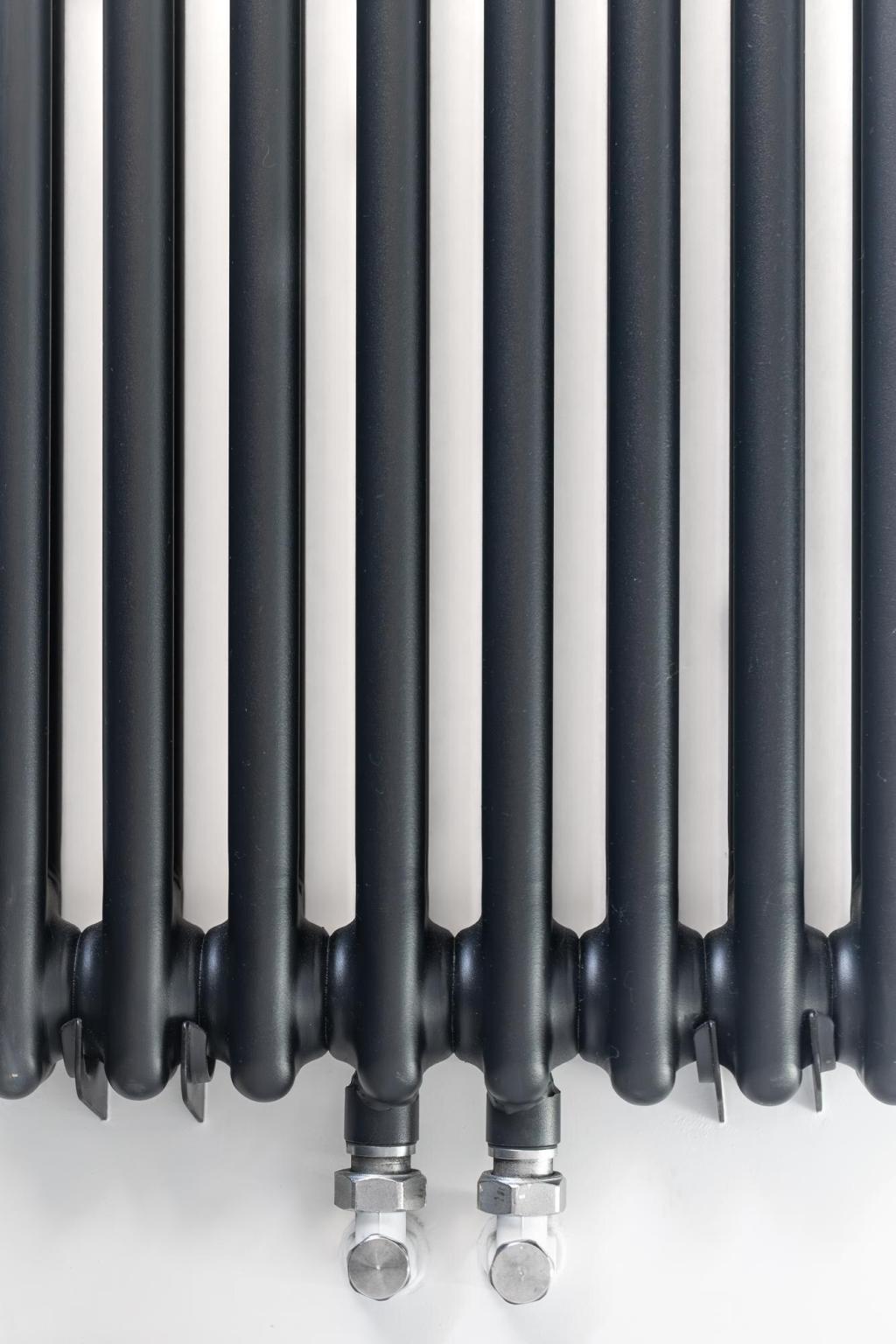Smart Thermostat Benefits and Installation: Make Every Degree Smarter
Today’s chosen theme: Smart Thermostat Benefits and Installation. Explore how modern controls cut energy waste, elevate comfort, and turn your routine into effortless savings. Stay to the end for practical tips, friendly troubleshooting, and ways to share your results with our community.

The Real-World Benefits You’ll Feel and See
Many households report noticeable reductions in heating and cooling costs after installing a smart thermostat, often between eight and fifteen percent. The real magic lies in precision: tiny schedule adjustments, smarter setbacks, and fewer wasteful temperature swings add up month after month.
The Real-World Benefits You’ll Feel and See
Instead of forcing a rigid schedule, learning algorithms observe when your home actually needs heating or cooling. Over time, they pre‑warm mornings, relax settings when you’re gone, and adapt to changing seasons. You’ll enjoy comfort that quietly anticipates your day rather than chasing it.


Before You Begin: Compatibility and Preparation
Confirm whether your HVAC uses a C‑wire for continuous power. Many modern systems include one; older setups may require an adapter. Snap a photo of your existing thermostat wiring, note terminal labels, and identify whether you have heat pump, conventional, or multi‑stage equipment.
Most installations need a small screwdriver, wall anchors, drill, and level. Clear the area, set aside an hour, and label each wire as you remove it. Gentle patience matters more than speed, especially when threading wires or securing the base plate to slightly uneven surfaces.
Create your app account ahead of time, confirm strong Wi‑Fi near the thermostat location, and invite household members who’ll share control. Agree on room names and temperature preferences now, so your first schedules reflect real routines, not guesses made under installation pressure.
Installation Steps: From Power Off to First Heating Cycle
Shut Down Power, Label Wires, Mount the Base
Turn off power at the breaker to protect your equipment. Remove the old thermostat faceplate, label each wire as it’s gently released, and secure the new base. Use a level so the display sits straight, both for aesthetics and for stable wire tension behind the plate.
Connect, Power Up, and Walk Through Setup
Insert wires into the matching terminals and tug gently to confirm a firm connection. Restore power and follow on‑screen prompts to select system type, connect to Wi‑Fi, and apply updates. The guided wizard typically finishes in minutes, leading you straight into your first schedule.
Safety First and When to Call a Pro
If you encounter unrecognized wires, loose terminals, or complex multi‑stage equipment, pause and consult support or a professional. It’s better to ask for help than risk short circuits or misconfigured heat pumps. Safety, careful labeling, and patience are your best installation allies.
Unlocking Smart Features That Save and Soothe
Set a modest weekday routine and a looser weekend plan, then enable learning or adaptive recovery. The thermostat will pre‑heat before alarms and ease off when rooms coast comfortably. Small, predictable shifts protect comfort while steadily chipping away at needless runtime and cost.
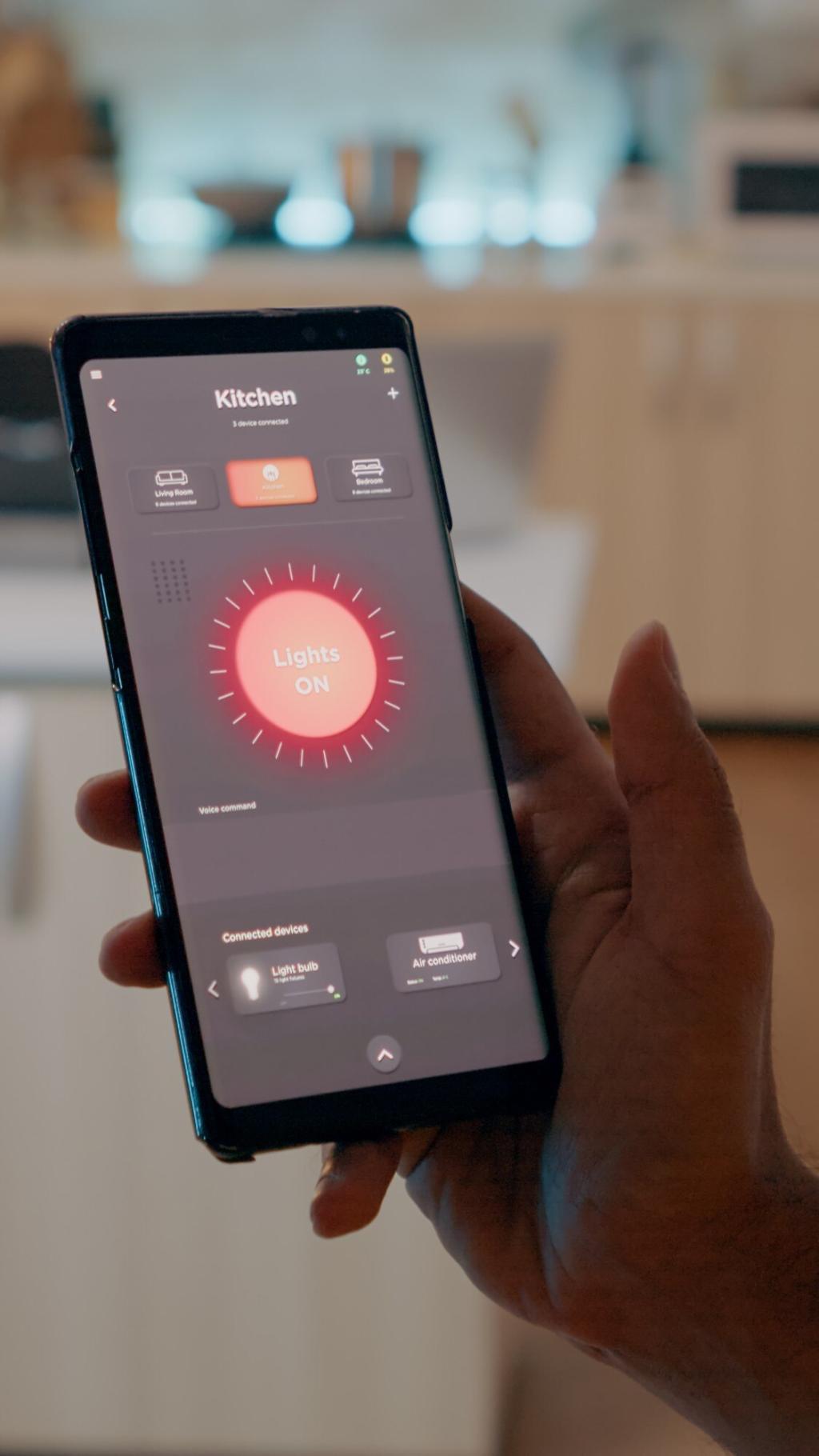
A Cozy Story: How One Household Made the Switch
The Rivera family used to sprint to the old thermostat every morning, shivering as radiators caught up. After installing a smart model, pre‑heating brought warmth before feet hit the floor. Their children noticed only that breakfast felt friendlier, while the parents noticed smaller bills arriving.
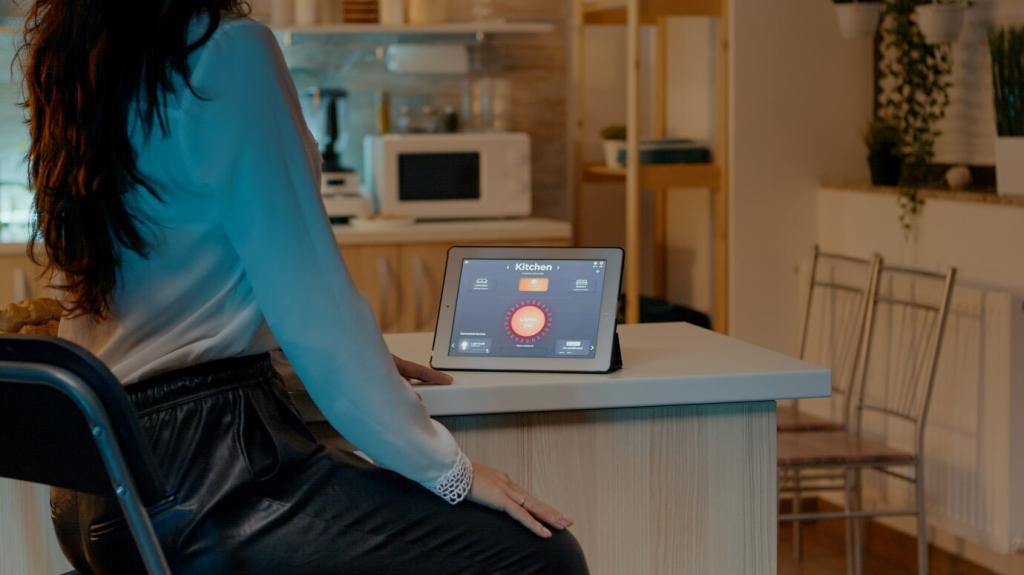
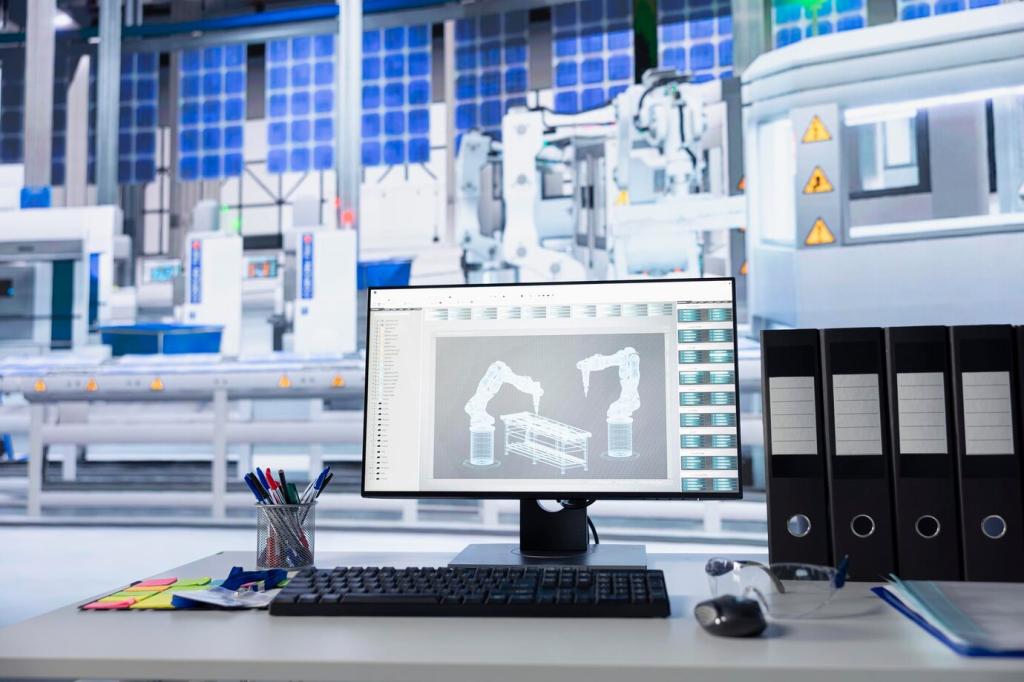
A Cozy Story: How One Household Made the Switch
On a weekend road trip, they realized the thermostat had relaxed temperatures automatically. A few taps brought comfort back before they returned, saving fuel yet welcoming them home. That effortless control transformed their mindset from worry to quiet confidence during every future getaway.
Troubleshooting and Fine‑Tuning
When Temperatures Drift or Short Cycle
If rooms feel warmer or cooler than expected, verify sensor placement and consider an optional remote sensor. Adjust temperature differentials and cycle rates to reduce short cycling. These small tweaks stabilize comfort, lower noise, and protect equipment from unnecessary stop‑start stress.
Heat Pumps, Aux Heat, and Balance Points
For heat pumps, ensure the thermostat recognizes auxiliary heat and uses it sparingly. Setting an appropriate balance point avoids overusing expensive backup stages. You’ll keep rooms gentle and warm while preventing energy spikes on those particularly cold or windy winter days.
Privacy, Data, and Peace of Mind
Review data‑sharing preferences, disable features you don’t need, and enable two‑factor authentication. Limit guest access and keep firmware current. Smart convenience should never trade away peace of mind, and basic privacy hygiene preserves trust while still letting automation shoulder everyday burdens.

Seasonal Optimization and Maintenance
Use wider temperature bands and open windows when weather cooperates. Slightly relaxed setpoints during mild days teach the thermostat your comfort range and reduce cycling. You’ll still feel good while capturing the free comfort that transitional seasons happily provide without heavy equipment use.
Seasonal Optimization and Maintenance
Clogged filters force longer runtimes and uneven temperatures. Set reminders in the thermostat app and write the install date on the filter edge. Steady airflow protects compressors, fans, and coils, keeping comfort consistent while preventing the slow creep of inefficiency between service visits.

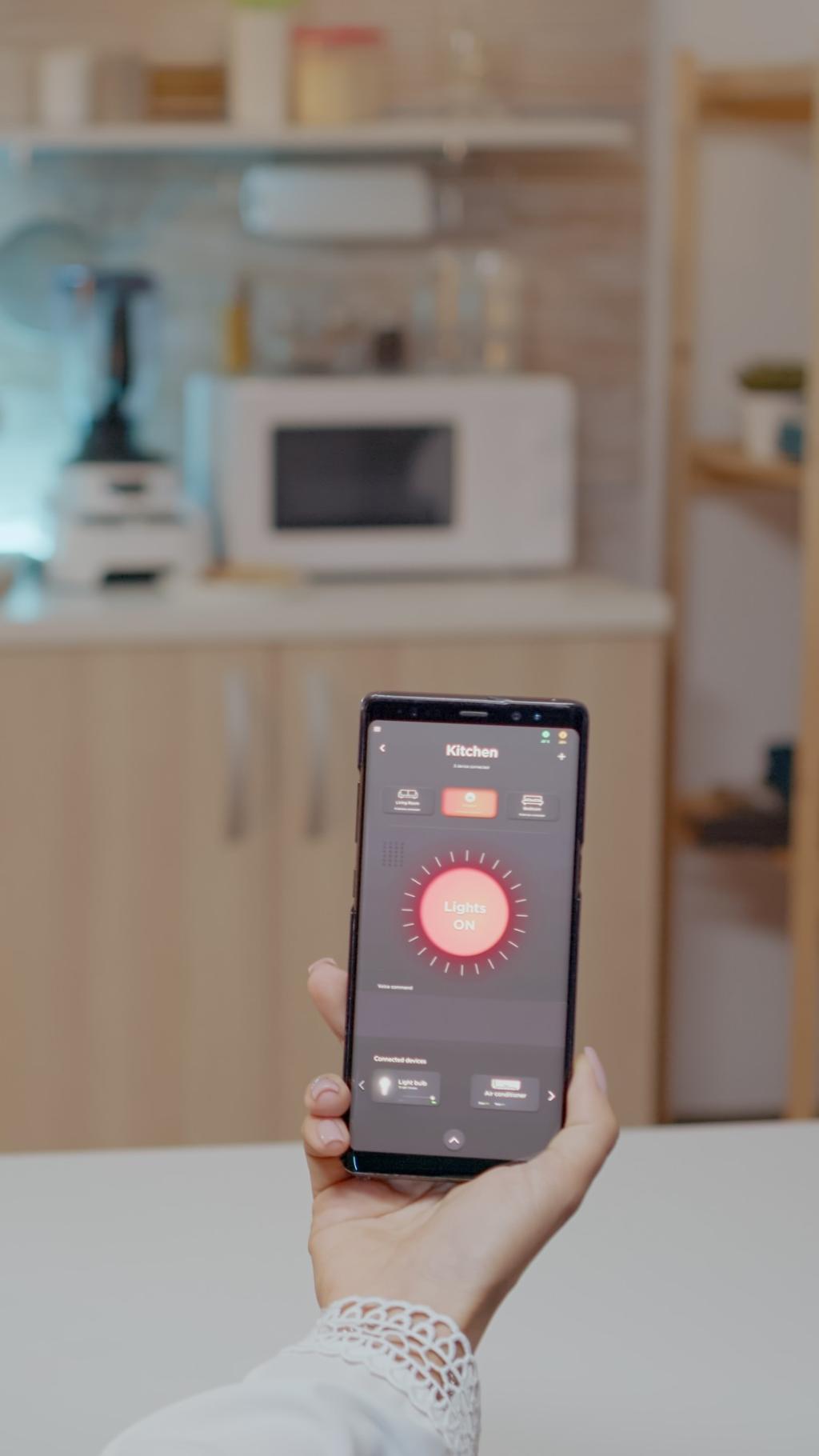
Rebates, ROI, and Sharing Your Wins
Check utility programs and local initiatives that reward smart thermostat adoption. Requirements vary, so confirm eligible models, enrollment steps, and demand‑response options. A few minutes of research can translate into meaningful savings that accelerate your return on investment right from installation.
Rebates, ROI, and Sharing Your Wins
Compare new bills to last year’s, adjusting for weather if possible. Divide cost savings into your purchase price to estimate payback in months. Even conservative assumptions often look encouraging once learning features, gentle setbacks, and seasonal optimizations begin steadily compounding the gains.
